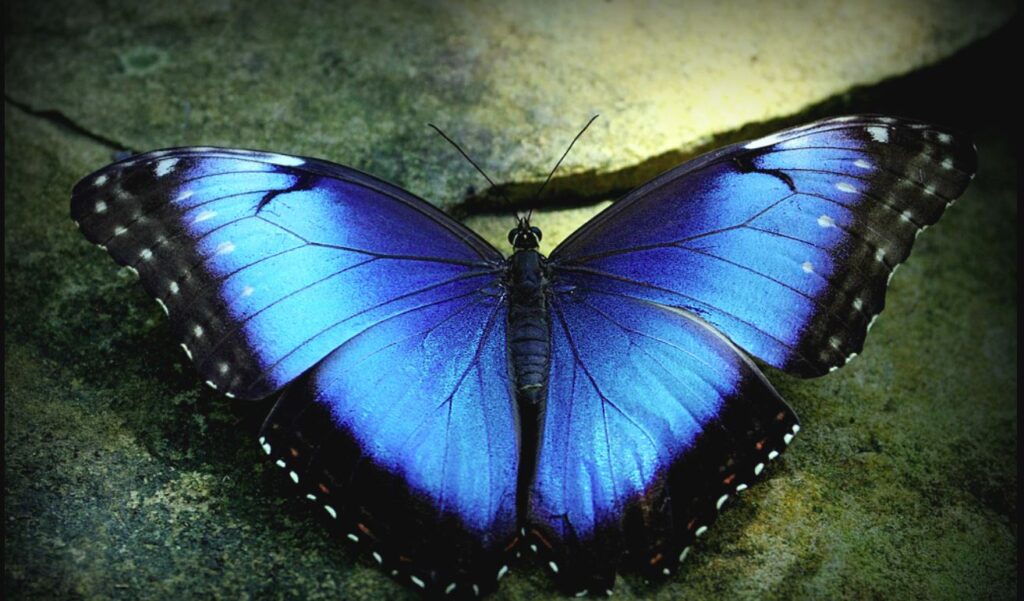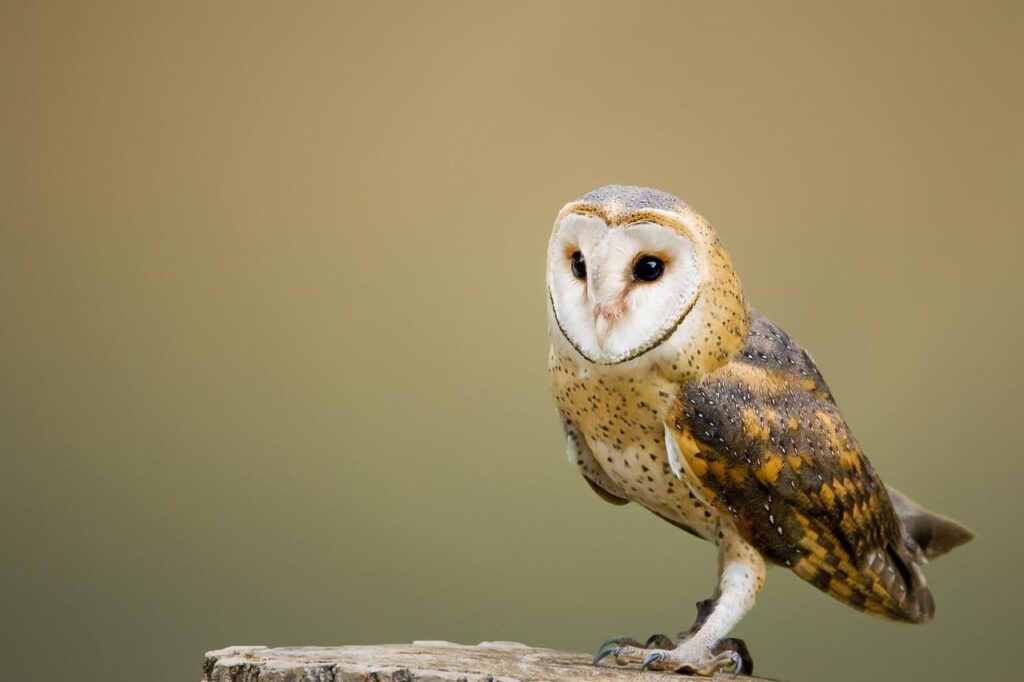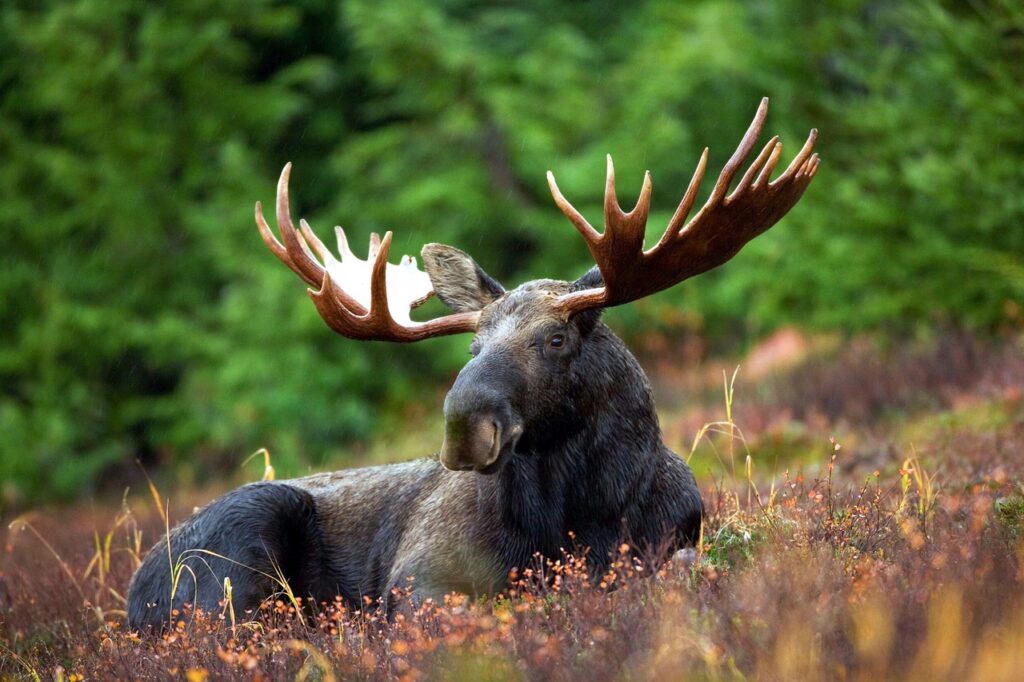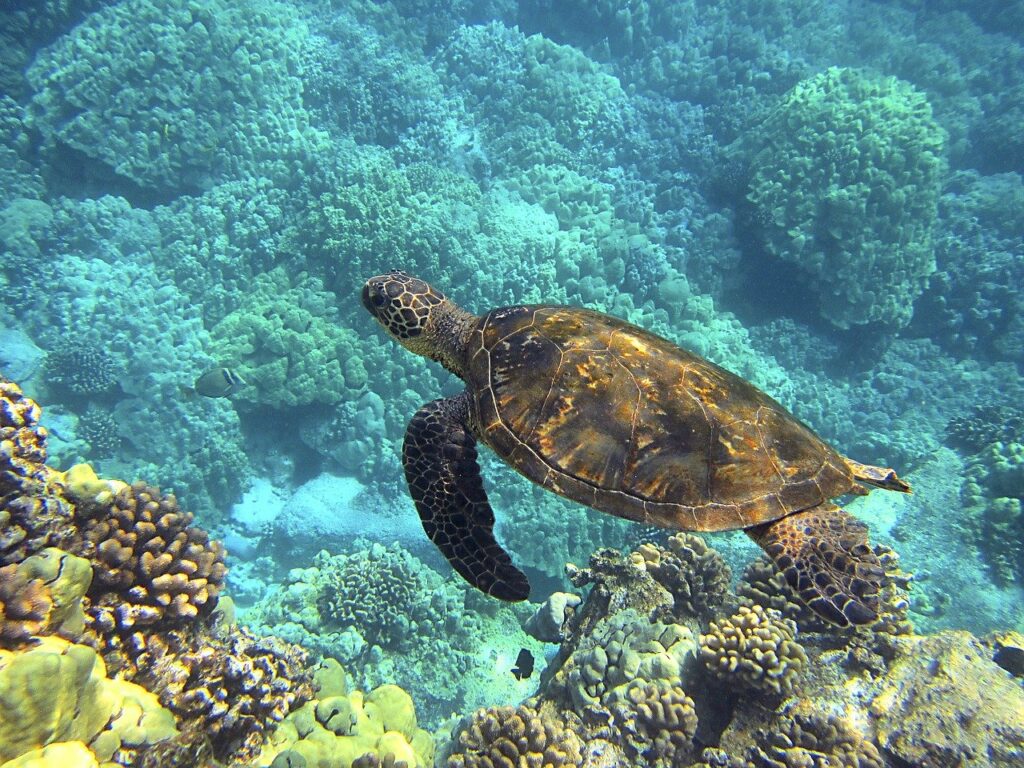Introduction
No doubt that nature is constantly capable of stunning us with its often unusual and wonderful forms and hues. Symmetry is, without question, one of the most interesting and awe-inspiring features that can be seen in nature.
It is feasible to determine that quite often, many living creatures formed precisely symmetrically by attentive attention to nature’s details. In this post, we will talk about some of the animals that have exactly this quality: a completely symmetrical structure.
Butterflies

This is perhaps one of the more typical situations, and it is one that the vast majority of people have encountered before. Butterflies, in particular, have almost flawless bilateral symmetry. If you look closely at a butterfly when it is relaxing on a flower, you will see that they align exactly with one another as it folds its wings back.
If we were to draw a line in our minds at the height of the butterfly’s core body, we would end up with two faces that are perfectly symmetrical and similar to mirror images of each other. Not just in the shape of the wings but also in the colors that make up the butterfly itself, the butterfly’s wings have
a symmetrical pattern that repeats itself.
Owl

Another species of animal that possesses this quality is the owl. If you have ever had the opportunity to get a good look at an owl, particularly one up close and personal; you might have noticed the amazing symmetry that can be found in a particular feature on the animal’s face.
You can observe how the feathers converge towards each other in the shape of an arc just over the eyes of the bird.
This convergence occurs in a flawlessly symmetrical fashion (as you can see in the picture above). Again, if we were
to draw the line at this point, we would end up with two exactly equal halves.
Moose

Some are almost certainly among the most stunning creatures that can be found in the natural world. It is the biggest species of deer that is still alive today. It can be differentiated from other members of the same family by the form of the antlers that males have, which are usually but incorrectly referred to as “horns.”
These emerge as cylinder-shaped rays on either side of the skull, extending in a direction perpendicular to the centerline of the head, and form a fork-like structure after a short distance has passed. The lower tip of the fork may have a
single protuberance, or it may be split into two or three protuberances that are occasionally flattened. The
symmetry of this incredible species may be appreciated, in particular, by noticing how the two horns mirror one another.
Turtle

Similarly, turtles are an example of an animal that possesses this quality. Imagine that you can draw a line that starts at the snout and perfectly divides the turtle in half.
If you do this, you will see that the two parts are mirror images of one another. If you examine the turtle carefully, you will see that the patterns drawn on its shell’s surface adhere to perfect symmetry. This may be seen if you look very closely.
Turbellaria

The Turbellaria is an animal with a lot of unique characteristics.
They may range in length from 1 millimeter to 50 centimeters, and while they are most commonly found in salt water, they can also be found in fresh water and wetlands; nonetheless, they must always be in the presence of water.
It is possible to make a broad statement about the morphology of Platyhelminthes by stating that they all have a muscular-cutaneous sac that surrounds and protects the parenchyma. The parenchyma is a connective tissue that originates in the mesodermal layer of the body, and it is within this tissue that the various organs and apparatuses are embedded.
Interstitial fluids penetrate the extracellular spaces in the parenchyma, providing the organism with hydrostatic support and aiding the passage of nutrients and respiratory gases through the tissue. Interstitial fluids also provide hydrostatic support.
This animal looks to have a very weird form at first view, but if we examine it closely, we can see that bilateral symmetry is also respected here. At first glance, this animal seems to have a very strange shape.
Swordfish

Let us always remain in the depths of the seas and move on to discuss in this list one of the most peculiar sea animals, but undoubtedly also the marine monster that most people are most familiar with.
It exists in every ocean’s subtropical, tropical, and temperate regions, as well as the Mediterranean Sea, the Black Sea, the Sea of Marmara, and the Sea of Azov. It can survive in seas with temperatures between 18 and 22 Celsius (but juveniles may survive in pools with higher temperatures), migrating southward from colder regions in fall.
This fantastic animal is also characterized by perfect bilateral symmetry, which in this case is easy to comprehend given the peculiar feature of this fish known as “the sword,” which is situated precisely in the middle of the body and divides the body into two perfectly specular parts.
Stylocidaris affinis

One aquatic species that never fails to astonish with its unusual form is the Stylocidaris affinis, more well known by its common name, the pencil hedgehog.
Because of the highly apparent, thick, and well-spaced aculei, which are as long as the diameter of the body and range in color from yellow to red, and can reach up to 5 centimeters in length. This sea urchin species may be found in the Mediterranean Sea and the Atlantic Ocean on coralligenous or detrital bottoms, beginning at around 30 meters.
When people see the picture of the sea urchin on this list, they might ask why it is on the list. If you look at it in great detail, you’ll notice that this urchin, too, is constructed with perfect bilateral symmetry.
Mosaic starfish

Its scientific name is Plectaster decanus, a peculiar starfish that I distinguished by its bright colors. A group of raised yellow ridges covers the soft red surface.
Plectaster decanus is one of the few poisonous sea stars and can cause numbness in humans if carried for any length of time. This species lives in rocky reefs off the southern coast of Australia. It lives at a depth of 30-600 feet (10-180 m).
The symmetry of this starfish species is found in the five points and the various “spots” found on its body.
Ammothea verenae

Ammothea verenae is the name given to a relatively unknown kind of invertebrate about which very little is known. It was not discovered for the first time until the late 1980s, and it is only thought to be ubiquitous in the Pacific Ocean, and only in certain sections of that ocean.
Since of its location at the ocean floor, this little type of invertebrate has been elusive for a considerable amount of time because it has been so hard to spot. In addition to its somewhat unsettling look, which is somewhat evocative of a spider, its body is constructed with perfect bilateral symmetry, as seen in the photograph. This symmetry can be observed throughout the whole body.
Homo sapiens
The idea that the human being is likewise an animal constructed on perfect bilateral symmetry may seem very apparent to some people. Still, many people have probably never given it any thought before.
You should stand in front of a mirror and think that you are drawing a line through the center of your nose to divide your body. This symmetry is also present in our evolutionary forebears, such as monkeys, chimpanzees, macaques, etc.
Conclusion
We have just gone through a list of 10 different creatures that exhibit what is known as bilateral symmetry here in this post. It is essential to bring to your attention that the 10 animals listed above are not the only ones that possess this quality.
The progressive process of extension of the body accentuates previously undefined sides and extremities, boosting the adaptation to the movement of weakly mobile species like sponges or jellyfish. This property is unique to all the animals that have developed the most.
Fish, frogs, spiders, and a wide variety of other insects, snails, birds, mammals, and a host of other creatures are also included in this group of animals.
